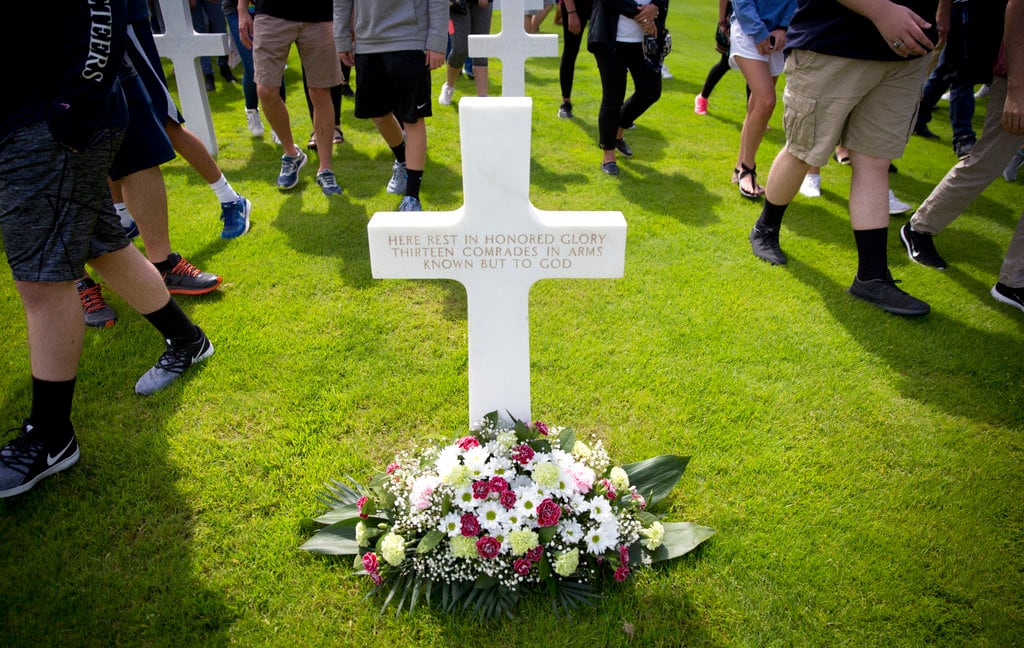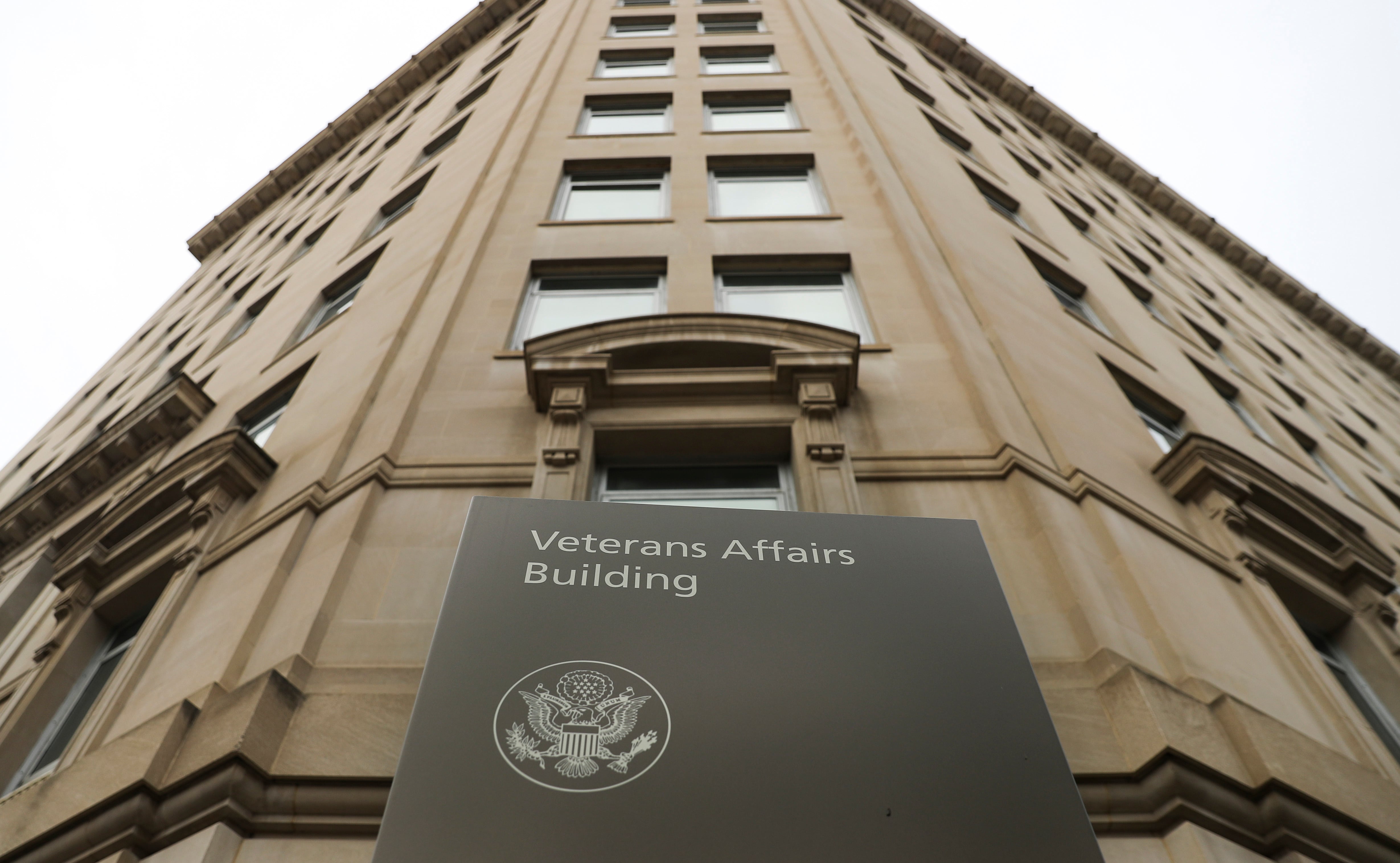The drive to get the fleetNavy on a more predictable deployment schedule will hit a major milestone in May, which is the deadline for having the carrier Dwight D. Eisenhower manned and ready to start its deployment workups.
The Ike is on track to meet the May deadline at new, higher manning targets, said Rear Adm. David Steindl, the head of Navy Personnel Command.
Having driven down open fleet billets by thousands, the Navy's detailers are focusing on fully manning ship crews earlier so they can train together through work-ups.
Navyal Personnel Command boss Rear Adm. David Steindl is the man in charge of placing sailors in the fleet. Navy Personnel Command is laboring That has been especially difficult this year as NPC has labored to man deploying carrier strike groups and amphibious ready groups heading out leaving for deployment, and meeting new deadlines for manning under what's known as the Optimized-Fleet Response Plan.
Under O-FRP, both the level of manning and the time when the sailors must be on the ship has ratchetedmoved up a notch. The Eisenhower is the first carrier to enter the O-FRP system is the Eisenhower, and it will begin its initial workups in May and Steindl said NPC will meet the goal.
The new goal is for carriers and their escorts to must be manned at the startbeginning of the pre-deployment cycleabout 180 days ahead of deployment, so the crew can train together in work-ups.before the ships enter their predeployment workups.
"This is the most pressurized year in fleet manning we've ever experienced," he said.
And instead of having 90 percent of the billets filled with sailors with the right qualifications, 90 percent of those having the proper training and certifications, known in personnel jargon as fit and fill, the new goal is 92 percent fit and qualified95 percent filledtlled and , Steindl said in a March 30 telephone interview.
"The challenge in moving the system to the left is we have typically manned carrier strike groups 60 days ahead of deployment," Steindl explained.
"We still have the regular strike groups, and the strike groups that are deploying further in the future, their manning dates are at the same time that we are trying to push another carrier out the door."
Despite the challenges of meeting the manning multiple CSGs simultaneously, Steindl said overall numbers in the fleet are excellentthe best they have been in years: 91.5 percent fit and 98 percent filled. That's the and which is the best fit number since the fleet began tracking it in 2007, he said.
Three years ago, the NPCavy was struggling to put enough sailors on its ships. It had 17,000 empty billets at sea. Steindl said an increase in accessions in 2013, combined with back-to-sea incentive programs for sailors with critical skills and increased coordination with the fleet has combined to wrangle the number down over time.
As of February, the number of empty billets was below 3,000, said Chris Servello, spokesman for the chief of naval personnel.
The carrier Theodore Roosevelt deployed in March with manning that exceeded even the increased manning targets under O-FRP, which is 95 percent fill and 92 percent fit.
"TR deployed with 96 percent fill and 93.1 percent fit, so we exceeded the standard by quite a bit," Steindl said.
Still, Steindl acknowledged that the Navy hadn't solved every manning issue in the fleet.
"Even though [we have] magnificent numbers, if you go to the unit level you will find gapped billets, missing this or that," he said. "Those numbers are in the aggregate, and so it's still a work in progress to fix everybody's manning."
Back to sea
The manning problem forced the Navy to get sailors off of shore duty and onto ships through a series of carrots and sticks.
The most extreme measure was a policy rolled out last March that gave the Navy the ability to cut short a sailor's shore duty.
This policy, known as Early Return to Sea, applies to sailors on their second enlistment or beyond who've spent at least 24 months ashore. If the fleet has a pressing need for their skills or qualifications, their shore duty can end abruptly after two years.
Among the carrots offered by the Navy was a program offered to some sailors with critical skills — up to $1,000 a month to extend their sea duty, a hike in career sea pay for senior sailors and a special pay for sailors who deploy for more than 220 days.
Steindl credits these programs with helping the Navy close the gaps at sea, combined with increased communication between NPC, Fleet Forces Command and Pacific Fleet.
David B. Larter was the naval warfare reporter for Defense News.





